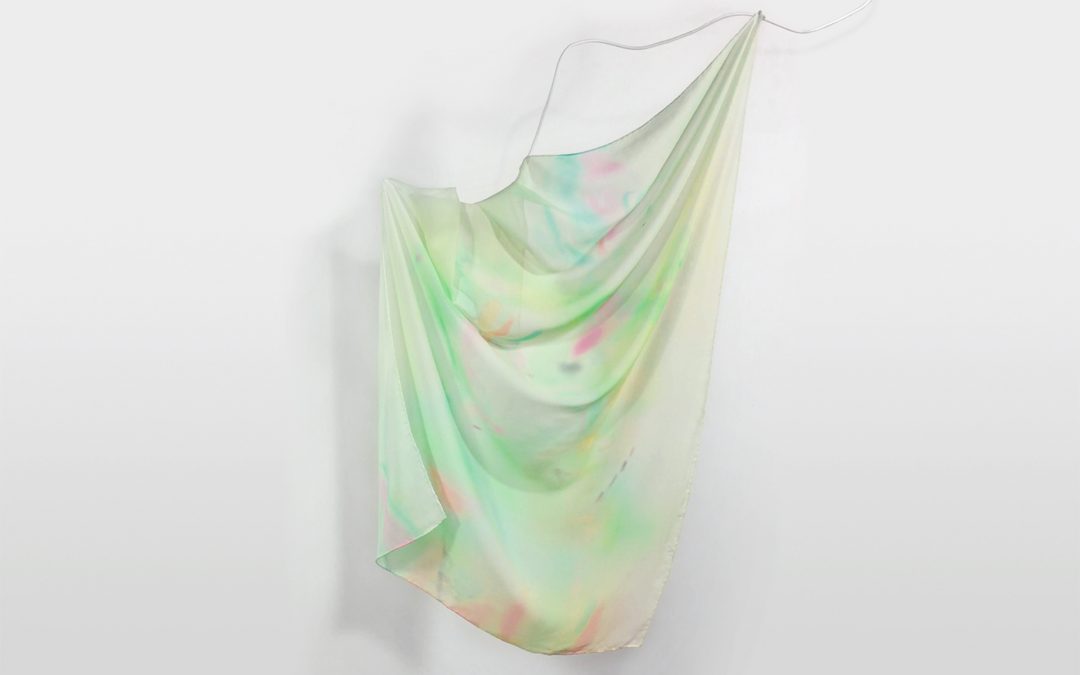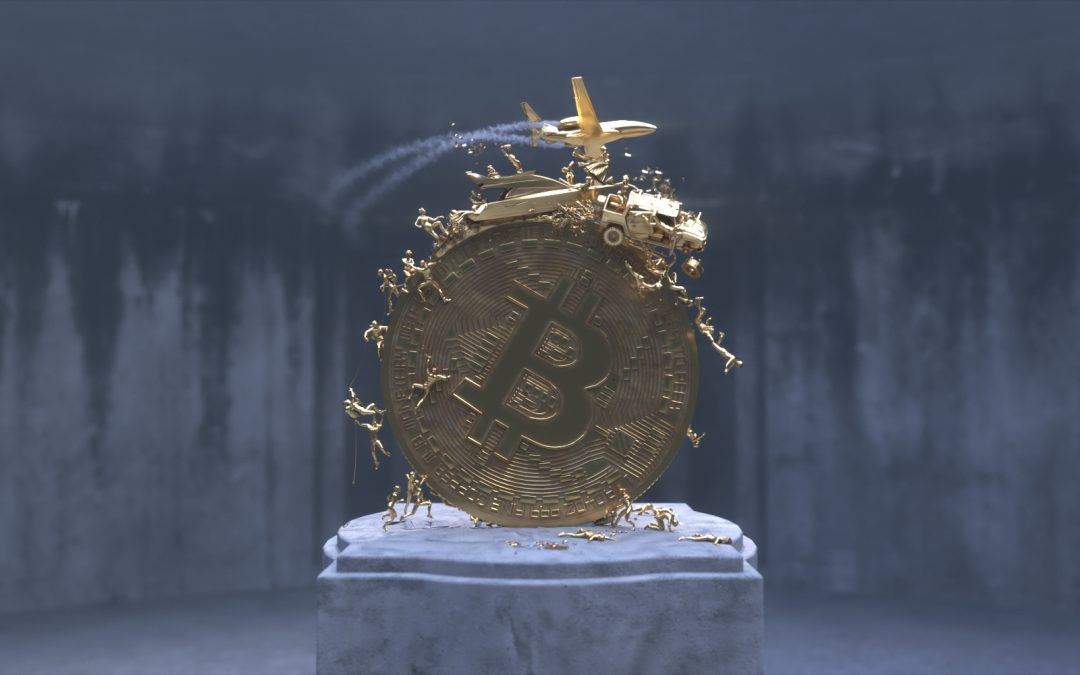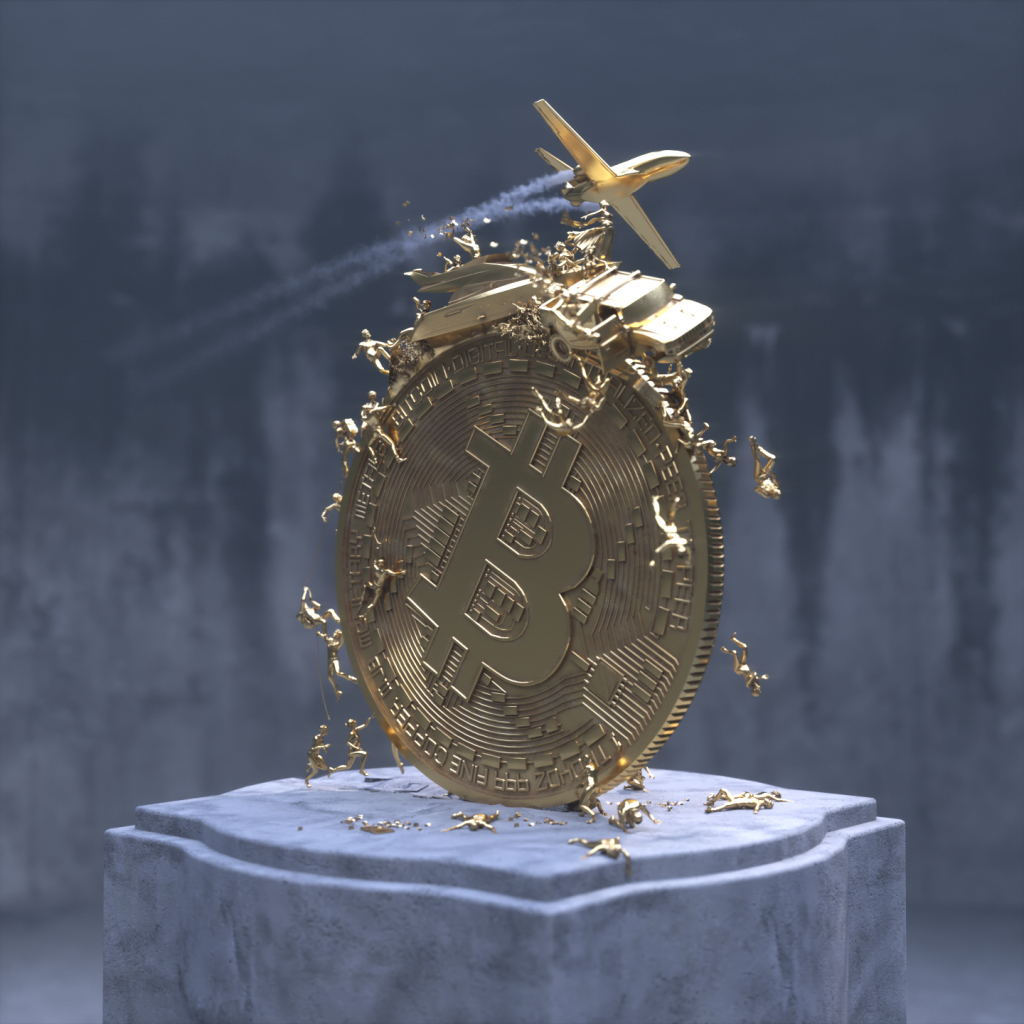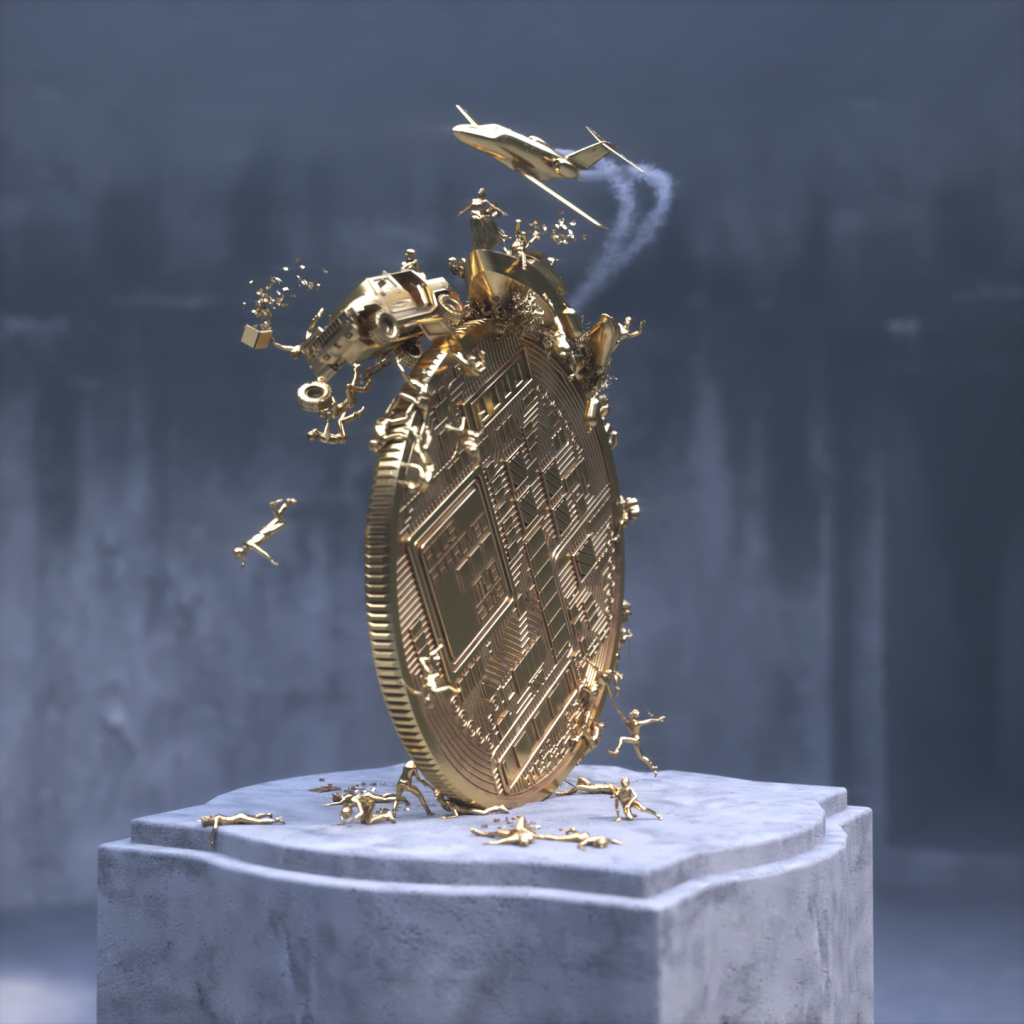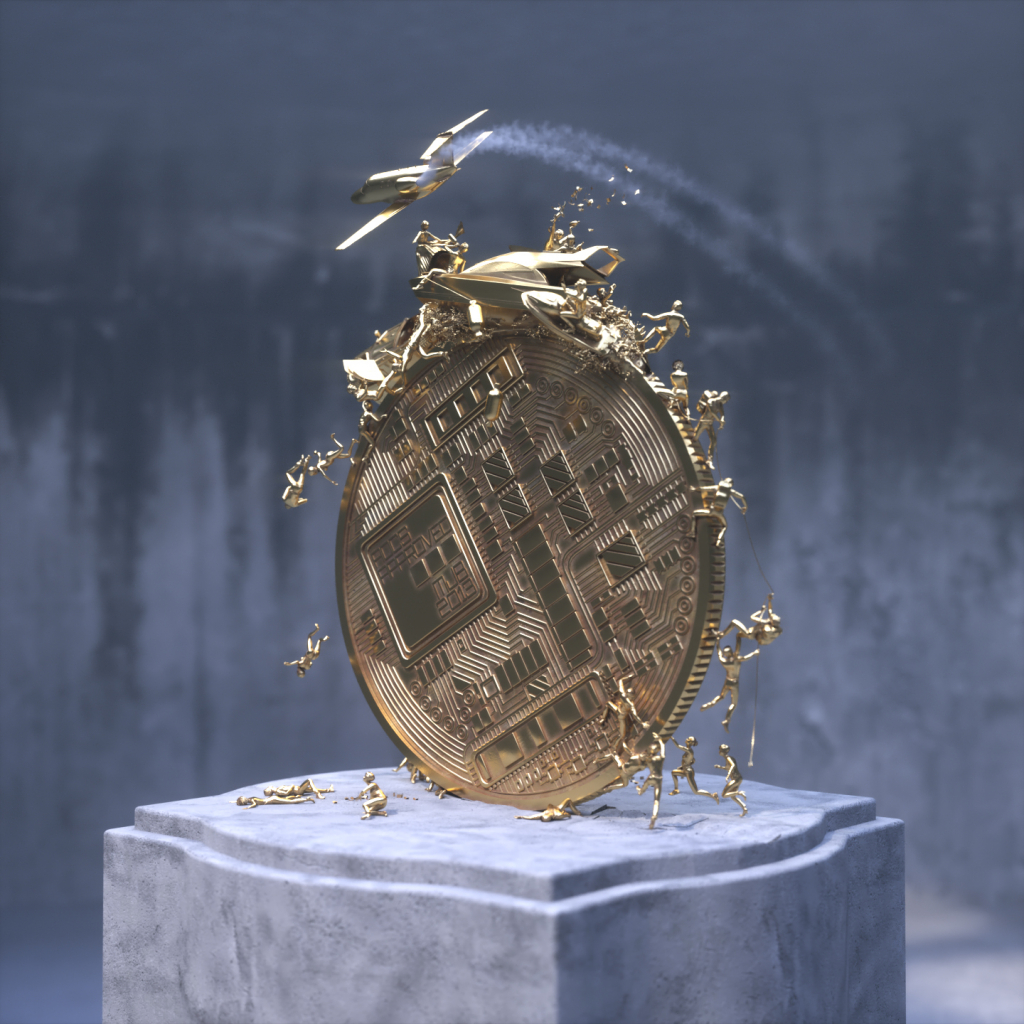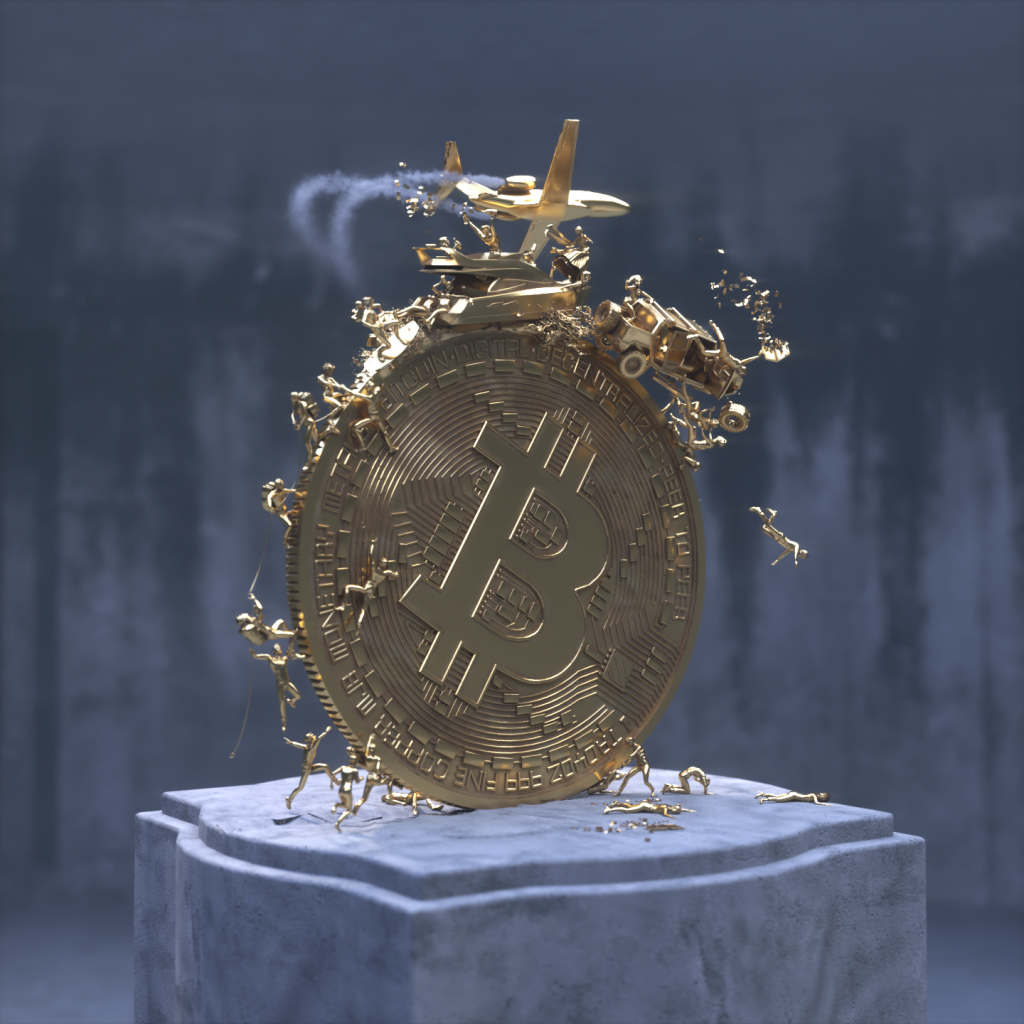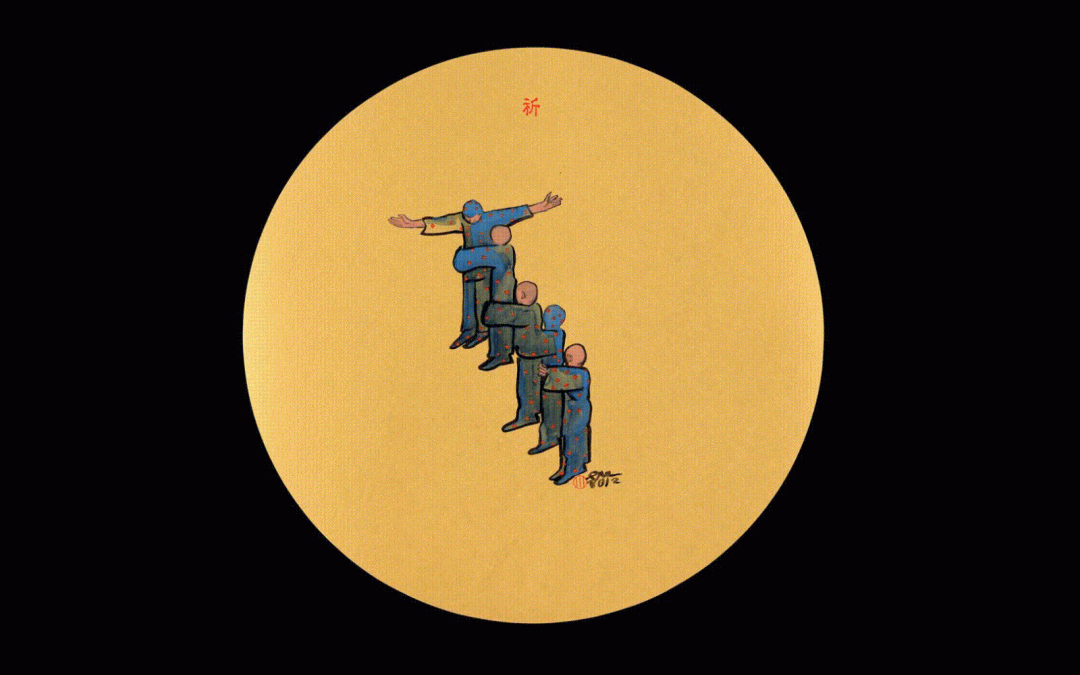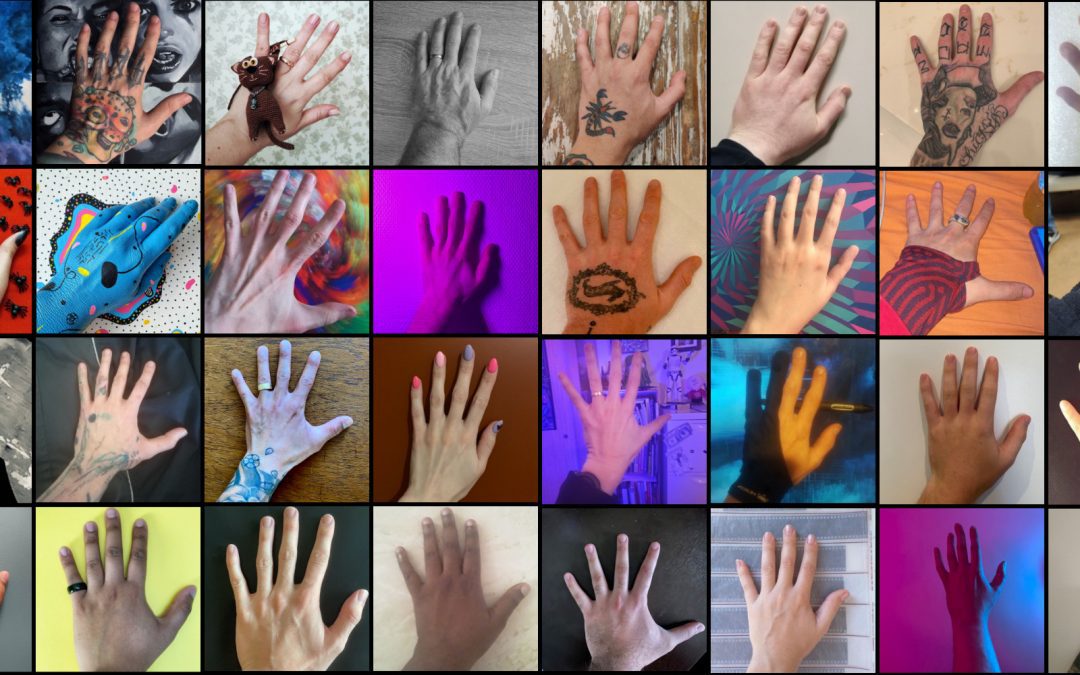SuperRare Labs Curatorial Editor Linda Dounia Rebeiz interviews Ayla El Moussa about how she draws inspiration from the Renaissance period, how she approaches nude portraiture, and her “Painted Muse” Series on SuperRare.
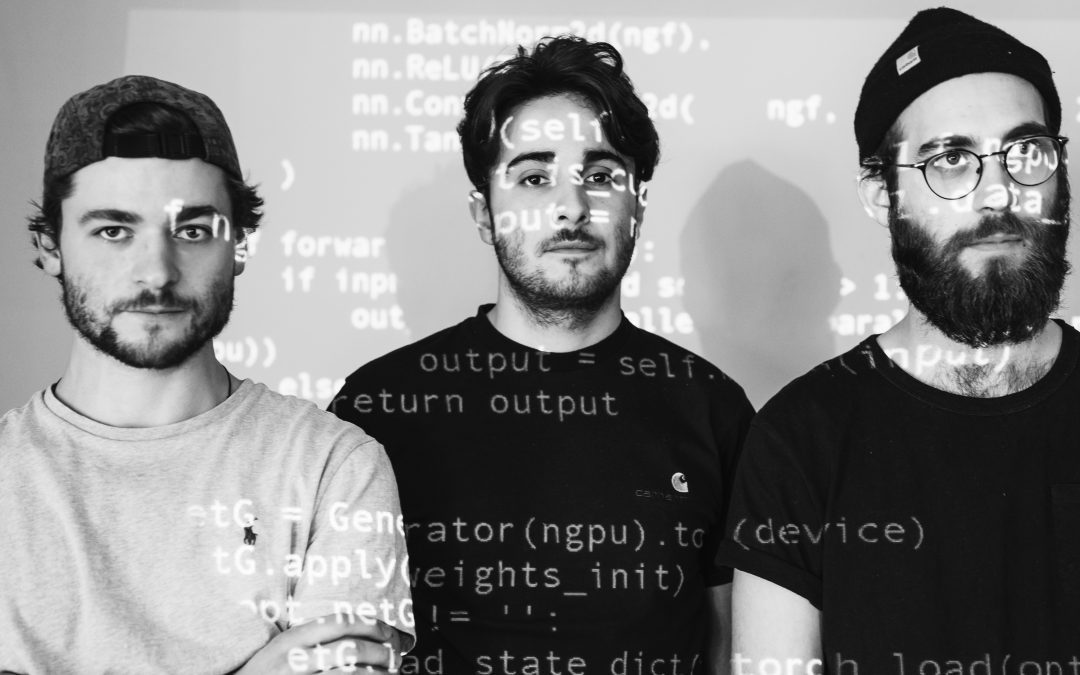
Kamel Mennour joins forces with the collective Obvious to present his first NFT project
Editorial is open for submissions: [email protected]
A first for this renown gallery, who decided to enter the NFT world with the AI artists collective.
Kamel Mennour proposes his first NFT project, with the collective Obvious.
Kamel Mennour is one of the world’s most renowned galleries. The gallery is present in most of the international fairs and represents some of the world’s most influential artists (Anish Kapoor, Daniel Buren, Huang Yong Ping).

The collective Obvious, composed of three young French artists, are OG artists on SuperRare (joined in April 2018), and their work have focused on creations using artificial intelligence, placing themselves at the frontier of art, science, mathematics and technology. Notably, they created “Edmond de Belamy”, the first AI art work auctioned in a major auction house in October 2018. Their work has been celebrated around the world and recently exhibited at the Hermitage Museum in St. Petersburg and the National Museum of China in Beijing.

Edmond De Belamy
“This project is entitled Portraying. It is made of a series of three portraits, each embodying a connection between painting and an aspect identified by Obvious as a part of the “classical portrait” – perspective, pigment in a tube, photography. Obvious stands in opposition to those who see art created with artificial intelligence as a negation of art in its current forms; the collective seeks instead to mirror art, to create a reflection of it, always shifting.
These three video portraits, given titles in baroque Latin, are each inspired by a specific figure: Leon Battista Alberti for Perspettiva Albertiana; Louis Daguerre for Bellum Tempus; John G. Rand for Acies Color – a play on the transpositions of their names in Latin. Just as the “classical portrait” is a fiction invented at the very moment it is named, Latin serves as a common language belonging to the past. In this way, these works give a face to three metamorphoses of art made possible by technical changes.
Obvious’s work does not seek to reject the history of art: on the contrary, they make it their subject, from a post-post-modern perspective. Obvious highlights the fact that art created using artificial intelligence, especially in the NFT format, can be made with the history of art itself as its material. It is then a matter of reconnecting with art history. Digital art is therefore no longer seen as an end of history, but on the contrary a return to it, from a perspective that is both candid – it is not a matter of a precise reference to this or that painting, following the prospect of connoisseurship – and passionate: history is the material.
The first photographers were painters’ best allies: such as Vallou de Villeneuve, who challenged and inspired Courbet. Painting, from Delacroix to Courbet, Degas and Manet, had to confront this new medium. Cinema – a new genre, new technology – drew heavily from painting. When facing the current development of artificial intelligence in art, we might recall Baudelaire’s comments in “The Salon of 1859”: “Day by day, art diminishes respect for itself, prostrates itself in front of external reality, and the painter becomes more and more inclined to paint, not what he dreams, but what he sees. However, it is a joy to dream, and it was a glory to express what one dreamed of; but what am I saying! does the painter still know this happiness?” With the Portraying series, this very question of the gaze and of taste is at stake: what is one to think about these works made from more than ten thousand works each?
At a time when many artists are addressing the methodologies of digital art and in particular NFT’s in particular, Kamel Mennour wished to feature the work of young French artists who have been creating a body of work within this technology for several years. With this technology, they weave new narratives, shaping an alternative history of art, in the time of spread-out moving images. This digital project will be Kamel Mennour’s first presence on the SuperRare platform.
Quote by philosopher and art critic Donatien Grau
Auction: 15-22 April 2021
Tech






Fireside chat with a crypto-savvy anon
Scott Wordsman takes us on a walk into the world outside our bubble to see what people who don’t work in crypto think of crypto.
Curators' Choice






Curated Conversations: Claire Silver
SuperRare Labs curator Mika Bar-On Nesher speaks to Claire Silver about AI art’s relationship with literature, her new body of work “artifacts,” and the making of taste in the AI art movement.




